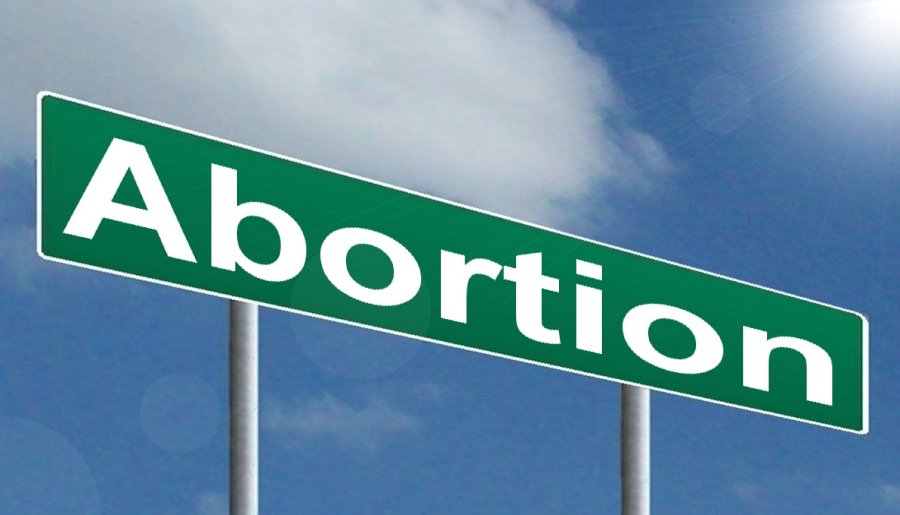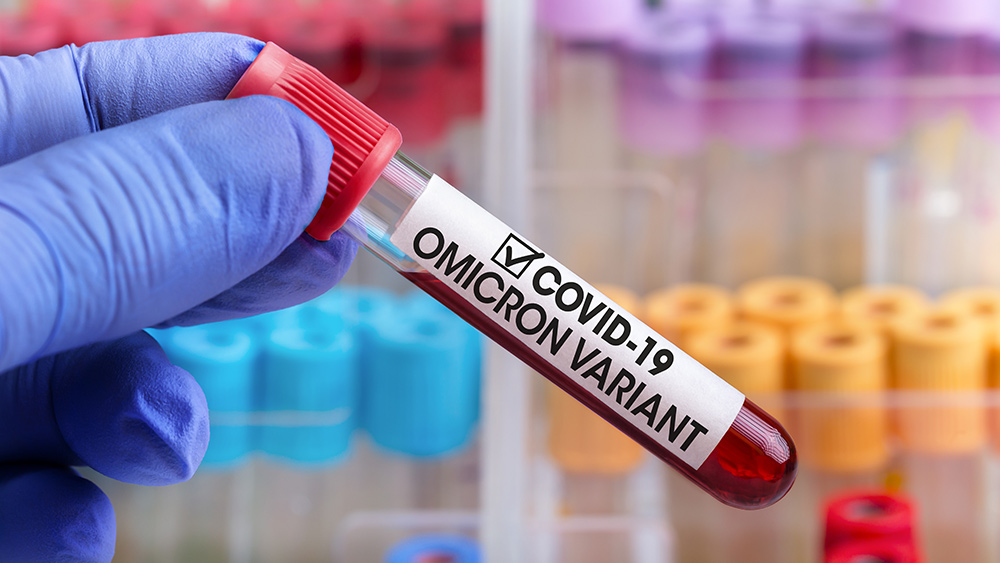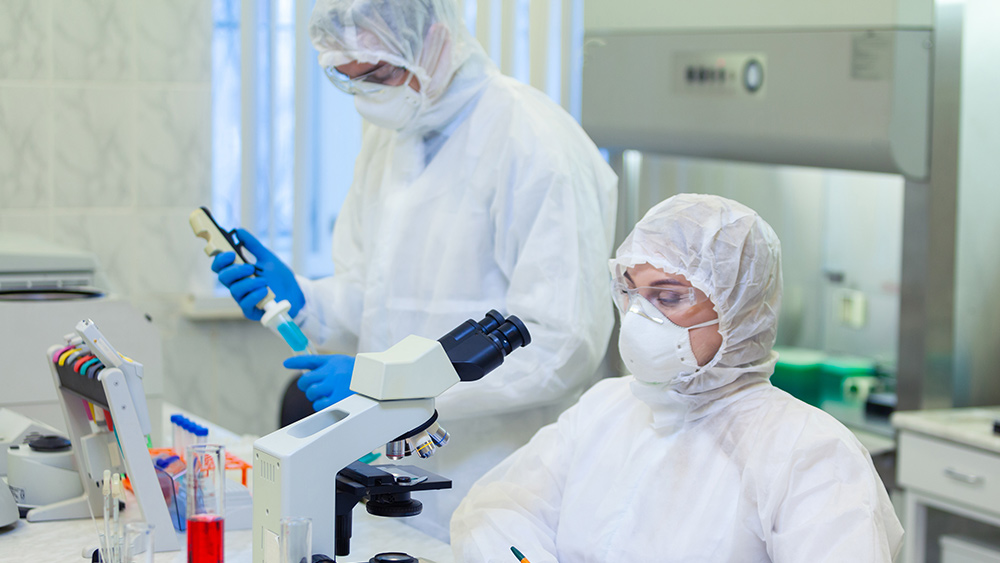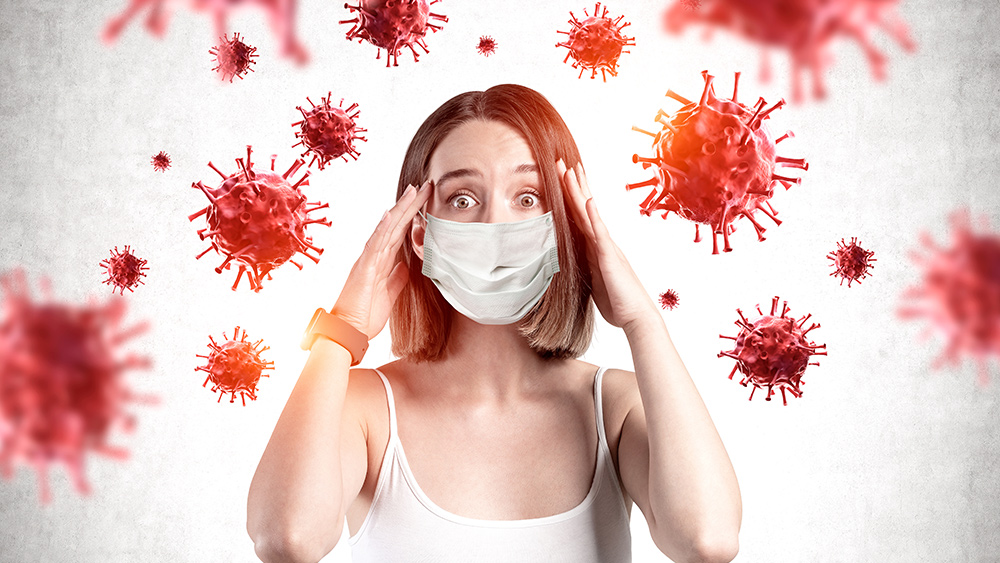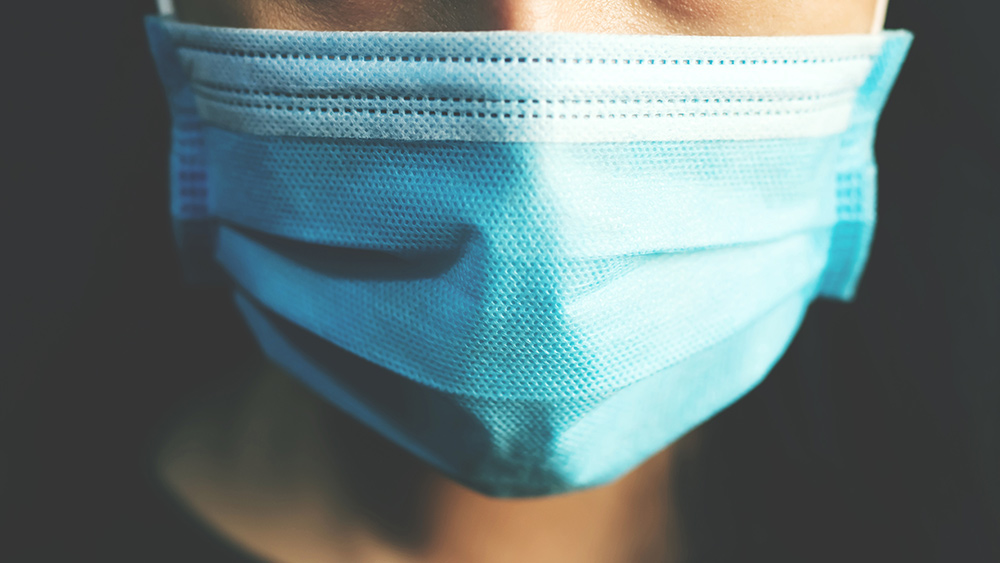German microbiologist calls coronavirus pandemic a “fake”
04/30/2021 / By Nolan Barton
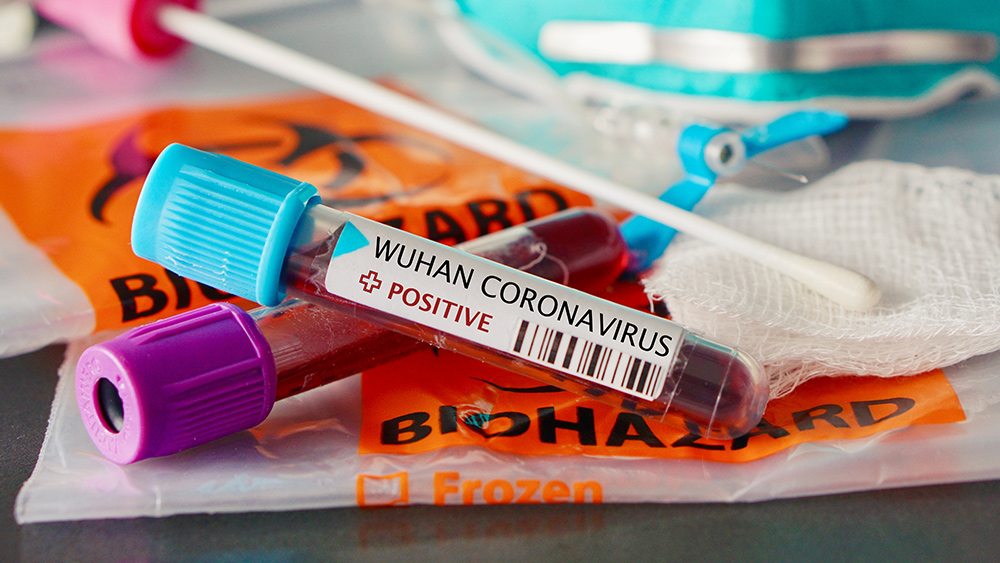
German microbiologist Dr. Sucharit Bhakdi called the Wuhan coronavirus (COVID-19) pandemic a fake.
“The pandemic is a fake. It was based on a PCR test that was highly fallible. That means, dangerously inaccurate … giving false-positive data that unfortunately was taken as main diagnostic criteria,” Dr. Bhakdi told the New American magazine’s Senior Editor Alex Newman in a recent interview. “People who are not ill are tested with a test that is lying most of the time.”
The polymerase chain reaction (PCR) test is considered by many as the gold standard of COVID-19 testing. It involves collecting a sample from a patient’s nose, throat or saliva and analyzing it at the molecular level for the presence of SARS-CoV-2, the virus that causes COVID-19.
Some PCR testing kits are able to turn around results rapidly, while others require processing in a laboratory – which means the subject often doesn’t get the results for a few days.
PCR tests are not foolproof
The tests are not completely foolproof. There are false positives, in which a patient tests positive despite not actually having the virus; and false negatives, in which a patient who has contracted the virus tests negative.
Dr. Bhakdi noted that a PCR test would turn up a positive result if it detected a flu virus or another coronavirus other than SARS-CoV-2. “It’s not a specific test. Most of the diagnoses are wrong,” he said. (Related: 22 Highly renowned scientists: Out of all of the COVID patients we’ve identified with the PCR test, 97% never had COVID.)
With the number of positive tests rising in many countries, more and more people are compelled to get vaccinated. Some say that’s the plan all along.
Many patients test positive for COVID-19 without any symptoms because many of the PCR machines in use are preset by the manufacturer to higher numbers. Basically, the manufacturer sets the test to turn off the cycling or amplification process when a certain number is hit.
The Food and Drug Administration (FDA) has given lab manufacturers a lot of leeway in determining the cycle threshold (Ct) cut-off number of their tests to determine positive versus negative. These tests were approved under Emergency Use Authorization (EUA) and have not been subjected to typical FDA scrutiny.
Qualitative and quantitative PCR tests
There are two types of PCR tests: qualitative and quantitative.
For a qualitative test set at 40, if any viral material is detected after 40 amplification cycles, it turns off and is reported as positive. If none is detected, it would be reported as negative. If the number of amplification cycles was really 15 or 25, it would still run until it gets to 40 and be reported as positive.
It is important to have an agreed-upon Ct value in this type of test – for the Centers for Disease Control and Prevention (CDC) it should be 33 while for National Institute of Allergy and Infectious Diseases (NIAID) Director Dr. Anthony Fauci it should be 35. Above that level, Fauci said the test is just finding destroyed nucleotides, not viruses capable of replicating. (Related: Inventor of COVID test calls Fauci a liar, says it ‘doesn’t tell you that you’re sick.’)
On the other hand, a quantitative test is designed to come up with the actual cycle threshold value as the cycling process turns off when detecting any virus. There is not a preset value, so a quantitative measure is obtained.
It is significant because a test that registers a positive result after 12 rounds of amplification for a Ct value of 12 starts out with 10 million times as much viral genetic material as a sample with a Ct value of 35. Ct value is another piece of data a physician can use to manage a patient’s care.
For example, patients with symptoms who come to the hospital and have a high Ct number (meaning less viral load) and few comorbidities may be best triaged to outpatient treatments. This would save valuable resources for symptomatic patients with comorbidities and lower Ct values (indicating higher viral loads) who need more elaborate inpatient treatment and monitoring.
“If 100 files land on my desk as a contact tracer, I will prioritize the highest viral loads first because they are the most infectious,” said Dr. Michael Mina, an epidemiologist at Harvard University.
“Re-positives” are common in PCR tests
Multiple studies have shown that some people who have recovered from the illness will test positive for long periods by PCR, which looks for fragments of the virus’s ribonucleic acid (RNA) in mucus swabbed from deep in nasal passages.
Doctors in South Korea raised global alarms when they reported on cases they called “re-positives” – people who had tested negative twice, were considered cured, and then tested positive again later. The reports led to questions about whether people could be re-infected shortly after infection.
PCR cannot determine whether the person being tested is emitting a whole virus capable of infecting someone else or if the swabs instead are collecting the viral debris that can be shed after an infection.
The latter is increasingly more likely.
Both the World Health Organization (WHO) and the CDC estimate that people can be considered recovered and non-infectious 10 days after their symptoms began, as long as they have been symptom-free for three days. So if symptoms went away on the sixth day, the individual could be considered cured after the 10th day. If symptoms persist for 12 days, they would need to tack another three days onto their period of isolation.
“Someone that is PCR-positive, especially after they’ve recovered, especially if they’re weeks and weeks into their recovery, it’s not likely that they are still infectious,” said Maria Van Kerkhove, the WHO’s leading coronavirus expert.
There was an instance where a mother, who gave birth at Sainte-Justine Hospital in Montreal, Canada, tested positive for COVID-19 when her baby was born and repeatedly tested positive for 55 days. Her case is one of a number that has experts questioning the value of testing people over and over again after they have recovered.
Follow Pandemic.news for more news and information related to the coronavirus pandemic.
Sources include:
Tagged Under: coronavirus, covid-19, covid-19 pandemic, COVID-19 positive, covid-19 testing, cycle threshold, Dr. Anthony Fauci, Dr. Sucharit Bhakdi, PCR machines, PCR test, SARS-CoV-2
RECENT NEWS & ARTICLES
COPYRIGHT © 2017 OUTBREAK NEWS



